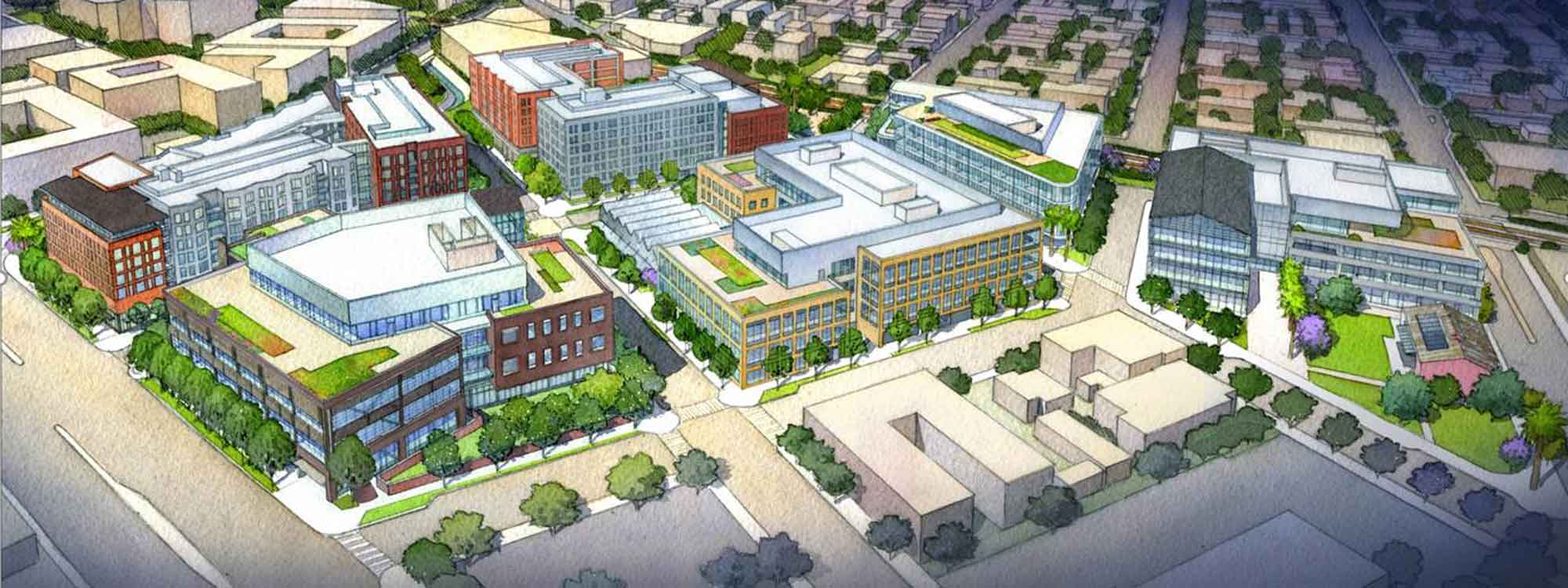
Transformative Influence: Mixed-Use Development Shaping Urban Landscapes
Mixed-use developments have become pivotal in reshaping the dynamics of urban environments. Let’s delve into the multifaceted impact these developments have on cities, influencing not only the physical landscape but also the social and economic fabric.
Economic Revitalization and Diversification
Mixed-use developments inject new life into urban economies by creating diverse spaces for commerce, entertainment, and residential purposes. The blending of retail, office spaces, and residential units attracts a mix of businesses, fostering economic growth and diversification. This dynamic mix generates employment opportunities and stimulates local economies.
Enhanced Urban Connectivity and Accessibility
A key advantage of mixed-use developments is their ability to create vibrant, walkable communities. Integrating residential, commercial, and recreational spaces within close proximity reduces the dependency on cars and promotes alternative modes of transportation. This, in turn, enhances overall urban connectivity and accessibility.
Cultural and Social Integration
Mixed-use developments often incorporate cultural and recreational spaces, fostering a sense of community. Public plazas, parks, and cultural venues become central gathering points, promoting social interaction and community engagement. This integration of diverse elements contributes to a more vibrant and cohesive urban fabric.
Sustainable Urban Planning and Design
The impact of mixed-use developments extends to sustainable urban planning and design. By combining various functions within a compact space, these developments minimize sprawl, reduce commuting distances, and optimize land use. Sustainable practices, such as green building initiatives and energy-efficient designs, are often incorporated, contributing to environmental conservation.
Adaptability to Changing Urban Dynamics
Cities are dynamic entities, constantly evolving to meet the needs of their residents. Mixed-use developments exhibit a high degree of adaptability to changing urban dynamics. The flexibility in repurposing spaces allows cities to respond to shifting demographics, economic trends, and lifestyle preferences over time.
Challenges and Considerations in Implementation
While the benefits of mixed-use developments are substantial, their implementation comes with challenges. Balancing the interests of various stakeholders, addressing zoning regulations, and ensuring affordability are critical considerations. Successful mixed-use projects require thoughtful planning and collaboration between developers, city planners, and the community.
Mixed-Use Development Impact on Cities: A Holistic Approach
Understanding the impact of mixed-use developments requires a holistic approach that goes beyond economic indicators. The transformative influence encompasses social, cultural, and environmental dimensions. Cities embracing mixed-use development models are witnessing a shift towards more sustainable, connected, and livable urban spaces.
Linking Transformation: Mixed-Use Development Impact on Cities
To explore further insights into the impact of mixed-use development on cities, visit Mixed-Use Development Impact on Cities. This comprehensive resource provides valuable information on successful models, best practices, and the latest trends in urban development.
Conclusion: Shaping the Future Urban Landscape
In conclusion, mixed-use developments play a pivotal role in shaping the future urban landscape. Their transformative influence goes beyond physical structures, influencing the very essence of how communities live, work, and interact. As cities continue to evolve, embracing mixed-use development principles can pave the way for more sustainable, resilient, and vibrant urban environments.
